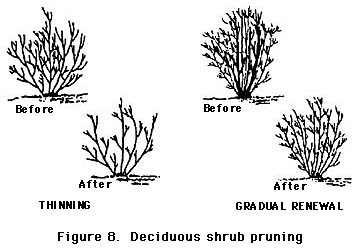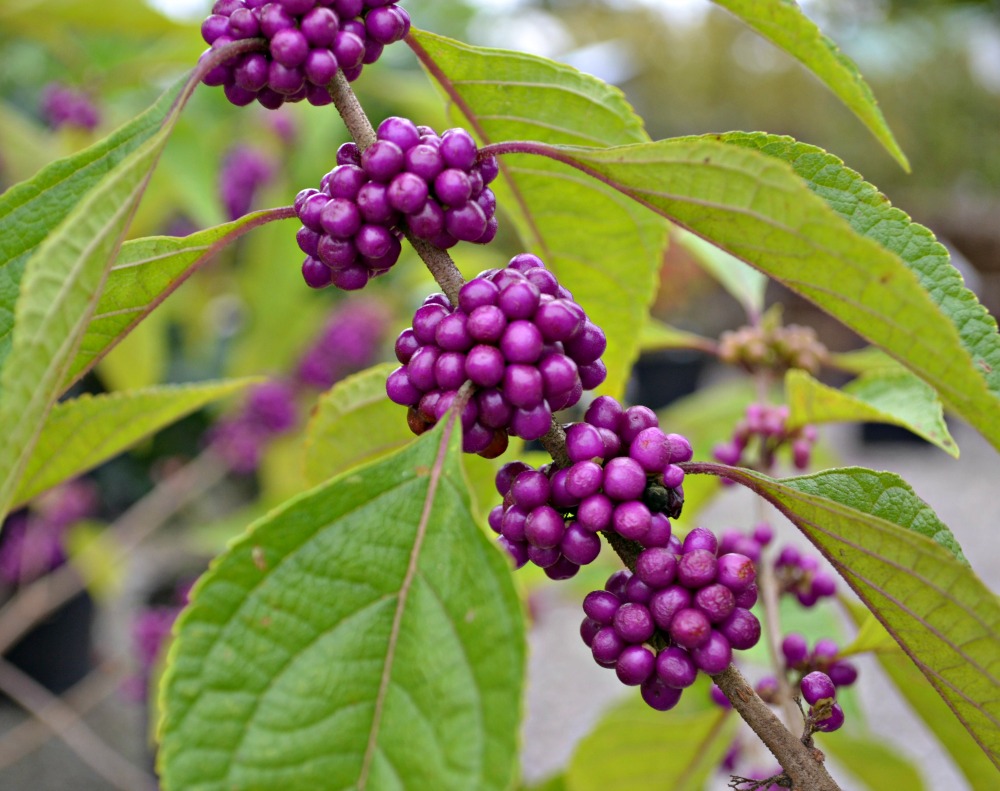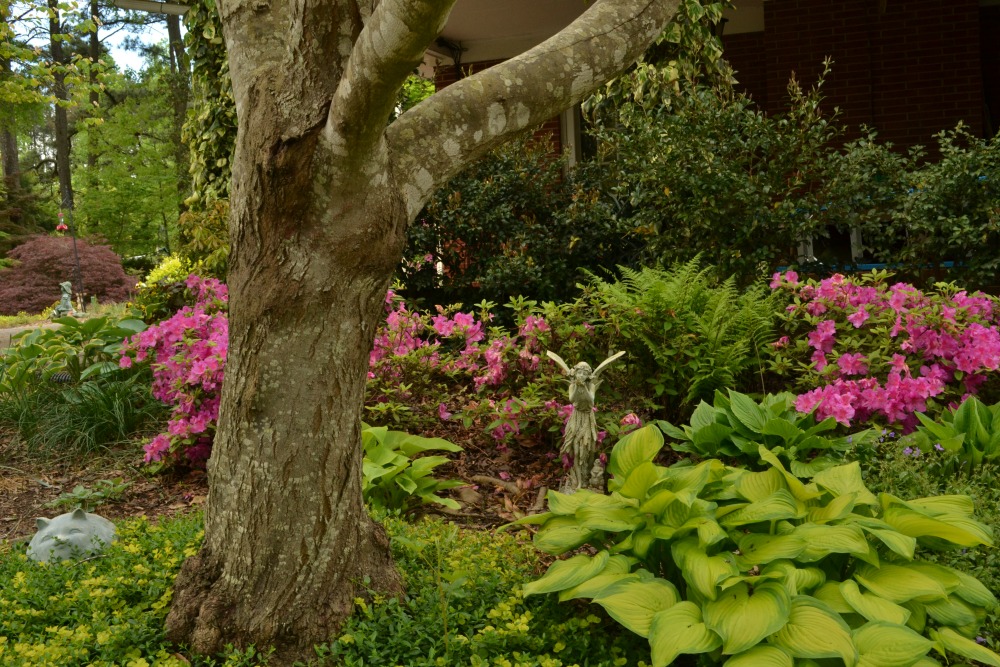Pruning is All About Timing
To prune or not to prune? Such contemplation can lead to frustration. Or, you may be the, “Just cut away, it’ll be alright!”, type. There is a middle ground and it’s all about timing. Proper pruning techniques applied in the correct season will promote vigor and health in your landscape. The three basic pruning techniques are:
1. Thinning – completely removing some branches back to a main branch or trunk. Be careful to not cut into the branch collar; doing so allows for infection.
2. Renewal – removes one-third of the old, mature stems to ground level.
3. Rejuvenation – severely cutting back the entire plant to 3″ above ground level. This allows for all new growth. (i.e. Butterfly Bush & Forsythia)
Knowing which technique is appropriate for each plant will make the “chore” of pruning less daunting. Deciding on the correct time to prune can be broken down into 2 groups. Pruning time in Group 1 is late winter to early spring and Group 2 is after the bloom cycle. Here are some of our most popular plants broken into pruning groups:
Group 1 – Prune in late January to early March
- Barberry
- Beautyberry (Callicarpa)
- Burning Bush
- Butterfly Bush
- Fatsia (Aralia)
- Liriope
- Rose of Sharon
- Tea Olive (Osmanthus fragrans)
- Crepe Myrtle
- Chaste Tree (Vitex)
Group 2 – Prune just after plant finishes flowering
- Azalea
- Cotoneaster
- Forsythia
- Gardenia
- Hydrangea
- Hollies – late April
- Lilac
- Loropetalum
- Privet
- Spiraea
- Sweet Shrub
- Viburnum
- Weigela
- Wisteria
Pruning a shrub or tree with the proper technique at the proper time will ensure you enjoy a beautiful landscape all season long. We are always here to help with whatever questions or concerns you may have. Be sure to refer to our list of Classes & Events to attend workshops on pruning, planting and more!
Let’s SPRING into action!
Nita H., Nursery Manager












